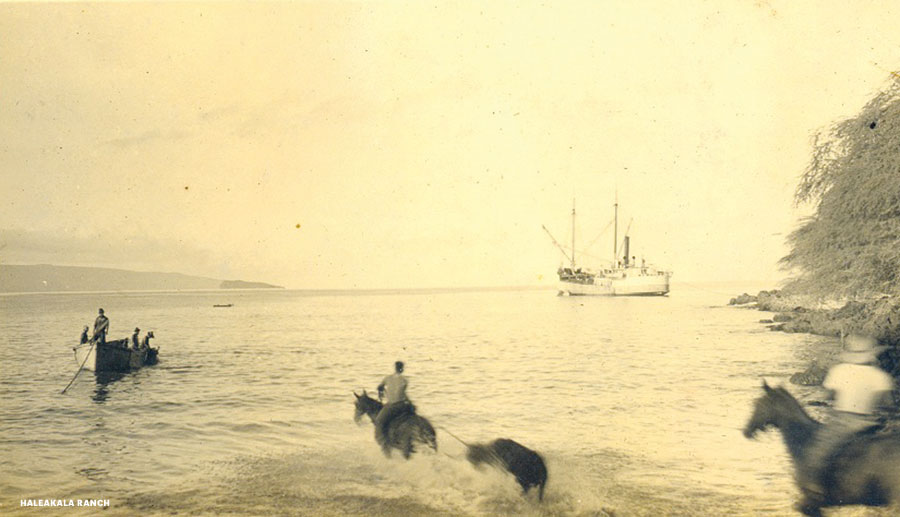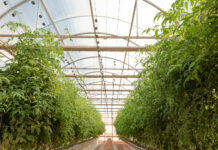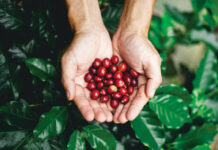
Over the past few decades, Haleakala Ranch, among others, has also been replacing traditional range practices with “holistic land management,” where animal impact on land is not just considered, but engineered. Says Friel, “We try to use the animals to control invasives, moving them from pasture to pasture to trample the weeds. We’re teaching cattle to browse on wattle and gorse.”
In line with its philosophy of environmental stewardship—and economic viability—the ranch began planting native koa trees in 1985, and will harvest its first crop late in 2018. “We’re beginning annual plantings where gorse is, ten to fifteen acres per year,” says Meidel. “Gorse is a shrub that loves sun. Koa is a canopy that loves the rain. We create a competitive environment for gorse and a potential revenue stream on our heritage lands.”
Sustainability is the common thread through all of Haleakala Ranch’s diversification and partnerships—which include Haleakala National Park, Maui Invasive Species Committee, and The Nature Conservancy. Maui’s first large-scale photovoltaic solar project was built on eleven acres of ranch land. The solar farm, a project of Maui Electric Company and Kenyon Energy, went online in May 2018.
But the main business, of course, is cattle. Nearly twenty years ago, the ranch began converting from grain-fed to grass-fed cows, keeping the animals on Maui Instead of shipping calves to mainland feedlots. “Starting in 2001, we changed to a different breed: Angus,” says Friel. “They’re smaller, but they can make their sustenance off grazing.”
The move to grass feeding was well timed, coinciding with increased consumer awareness and concerns. “People want to know where their food is coming from,” says Friel. When Mauians drive past Haleakala Ranch pastures, they know “what they’re buying [at the market] is what they’re seeing.”





